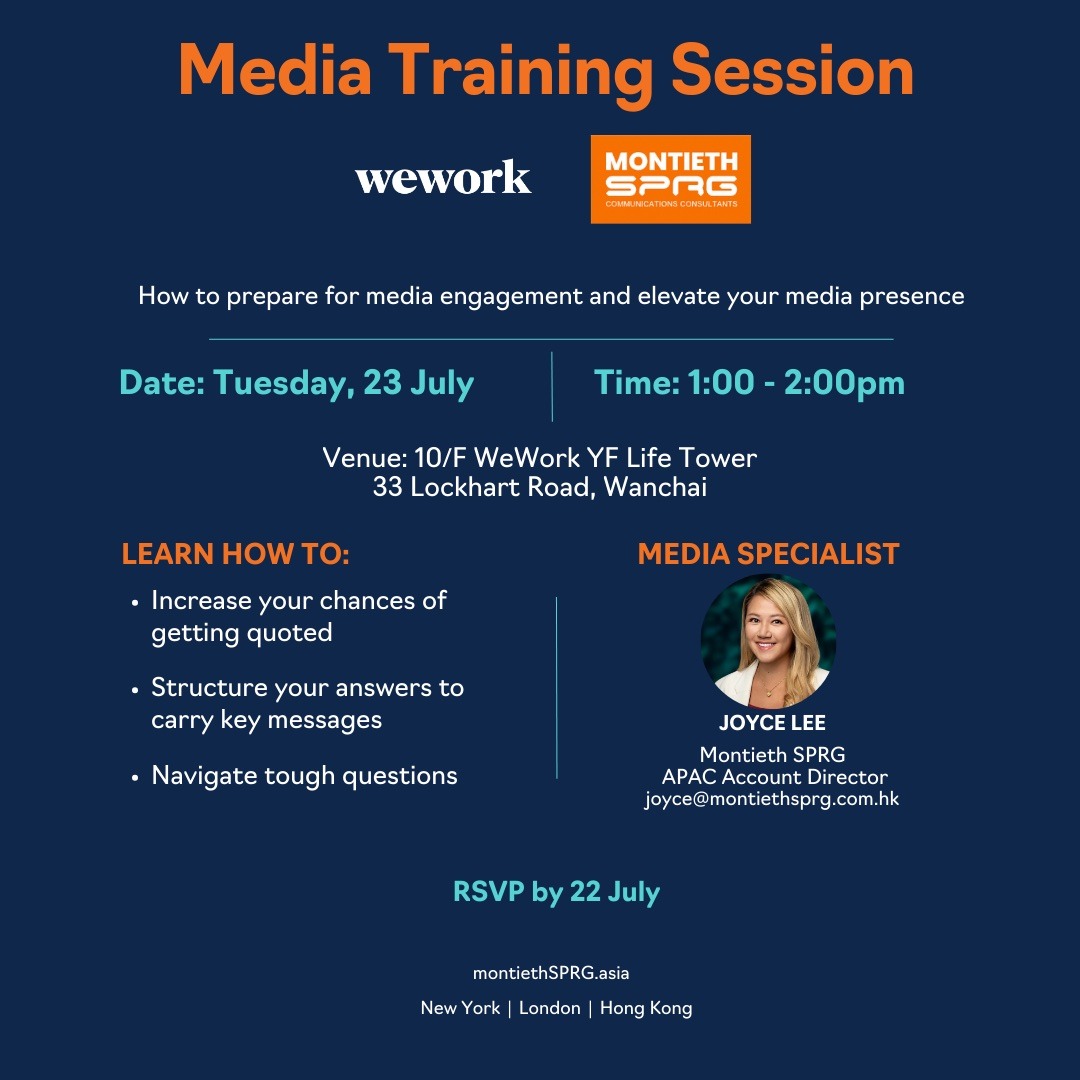Blogs
Avoid Five Common Mistakes when Speaking to the Media

Giving a good interview requires transparency, authenticity, preparation, and strategic messaging that is compelling, relevant, and timely. However, delivering all that in a single interview is easier said than done as we can see those mistakes play out in print, broadcast, and digital media on any given day. Today’s mistakes can have consequences tomorrow—some are longer term than others.
Here are some of the most common mistakes when speaking with a reporter and how to avoid them.
1. Lack of Preparation: The Achilles Heel of Media Interaction
Journalists interview executives and write about companies to shape and inform their stories with expert commentary. The first cardinal mistake is interacting with journalists without proper preparation.
From on background or a coffee meeting to an actual interview, a lack of preparation can be disruptive in ways that damage an executive’s and company’s reputation. As part of corporate reputation management, PR professionals can prepare executives by finding out the background, style, and objectives of the journalist. Providing all the details above, along with past coverage analysis and proposed questions, will help the spokesperson get familiarized with the questions and possess the knowledge needed to navigate the interview confidently.
For company executives, whether it is your first or tenth media interview, staying informed and keeping track of current trends can demonstrate your expertise, thought leadership, and commitment to the industry.
2. Unclear Messaging: The Danger of Ambiguity
Experienced journalists are skilled at extracting meaningful and compelling information, but vague responses can lead to misunderstanding or misinterpretation. Inconsistent, unclear, or ambiguous answers can be detrimental to having an effective interview. To avoid this from happening, executives must first familiarize themselves with the journalist’s background and interests, then craft narratives that not only align with the journalist’s objectives but also are consistent with the overarching corporate messages.
Additionally, spokespeople should avoid jargon and ensure that their key messages are communicated in a straightforward manner that resonates with journalists.
3. Defensive Maneuvers: Tackling Tough Questions
Responding defensively to challenging questions is another common pitfall. Instead of engaging in a combative exchange, it is important to remain composed and positive, as well as address concerns thoughtfully.
Spokespeople should stay calm, acknowledge the question, and respond with facts. Various interview techniques can also be useful when handling tough interview questions, such as “bridging” and “flagging”. “Bridging” is to first acknowledge the question being asked, then use a phrase to bridge back to the key message of the company. “Flagging” is to emphasize the key points the executive wants to make throughout the interview.
4. Disregarding Journalist’s Beat and Story: Bridging the Communication Gap
Failing to understand the journalist’s perspective and the story he or she is looking to write can lead to misinterpretation, or a missed opportunity as spokespeople may provide information that is irrelevant.
PR professionals play an important role in conveying the journalist’s angle, analysing past media coverage, and briefing the spokesperson accordingly. Aligning the talking points with the interests of the audience will enhance the effectiveness of communication.
5. Speaking Off the Record: A Risky Endeavor
While speaking off the record can foster open communication and help build trust between the executive and the journalist, there are inherent risks to be aware of. Once information is shared off the record, the interviewee loses control over how it is presented, even though it may not be attributed to them.
Moreover, in some cases, what is said off the record can still be legally binding. Spokespeople and journalists may face legal consequences if they disclose certain sensitive information. PR teams can go through the various scenarios and define boundaries that will help executives stay on record and be confident in the information they are sharing, even in situations of crisis and issues communications.
In the complex landscape of media interaction, mastering the art of communication is essential. By avoiding these common mistakes, individuals can navigate interviews with confidence, ensuring that their messages are clear, impactful, and resonate positively with the intended audience. One thing to bear in mind—effective communication is not just about what an individual says; it’s about how that individual says it and the impression it leaves.
Latest News



